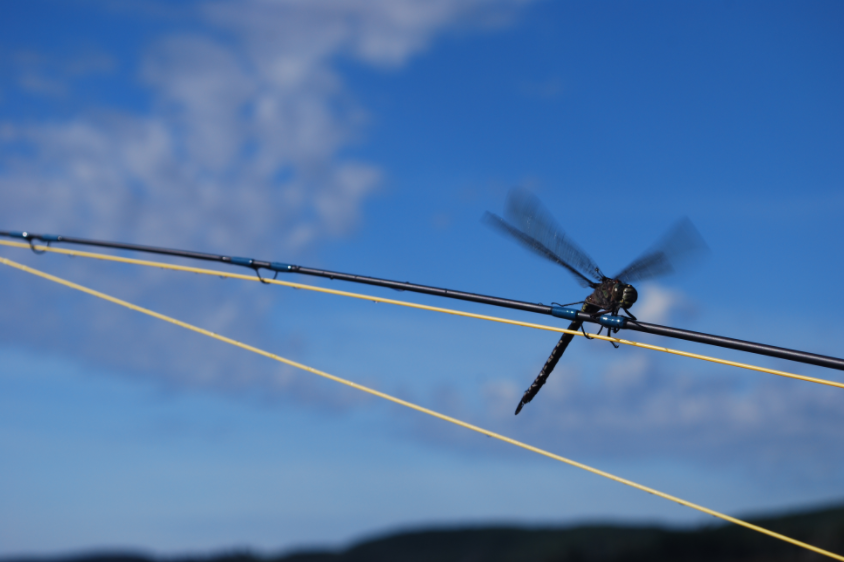It’s a 5-weight world, baby. Did you know that over half of all fly rods sold in America right now are 9-foot 5-weights? That means all the small-stream rods, saltwater rods, pike rods, carp rods, Euro nymph rods, and everything else put together MIGHT add up to the most popular single length and weight fly rod used to catch trout. Granted, a 5-weight is also great for bass and other species, but that figure should grab your attention and also underscore the importance of keeping trout waters clean and accessible. The fly-fishing world definitely spins on an axis of trout.
So why is the 5-weight the undisputed title holder? My friend Jerry Siem, who designs rods for Sage, hit the nail on the head when he explained that the size of a rod an angler uses is less about the size of the fish he or she chases, and more about the size of the flies he or she wants to cast. Nothing really compares to the 5-weight when it comes to throwing either size 18 BWO dry flies or size 10 woolly buggers.
I personally prefer a 4-weight when I trout fish (although at this time of year, when so much of the fishing revolves around terrestrial flies, I normally fish a 5- or a 6-weight). But that’s because I really like dry fly fishing.
When TU offers a life membership rod, like this slick Orvis Covert, we might offer an alternative to the 5-weight (in this case an 8-weight for steelhead or saltwater fishing), but it’s pretty darn hard to deviate from the standard.
I wonder if, as technologies advance, in terms of graphites and resins, and casting performance and rod durability, the 4-weight could ever take over, because it gets “beefier”… or maybe the 6 rules, because it gets “lighter.”
For now, I just don’t see the 5-weight ever being supplanted as the world’s No. 1 fly rod. But I’m sure interested in your thoughts…
— Kirk Deeter



